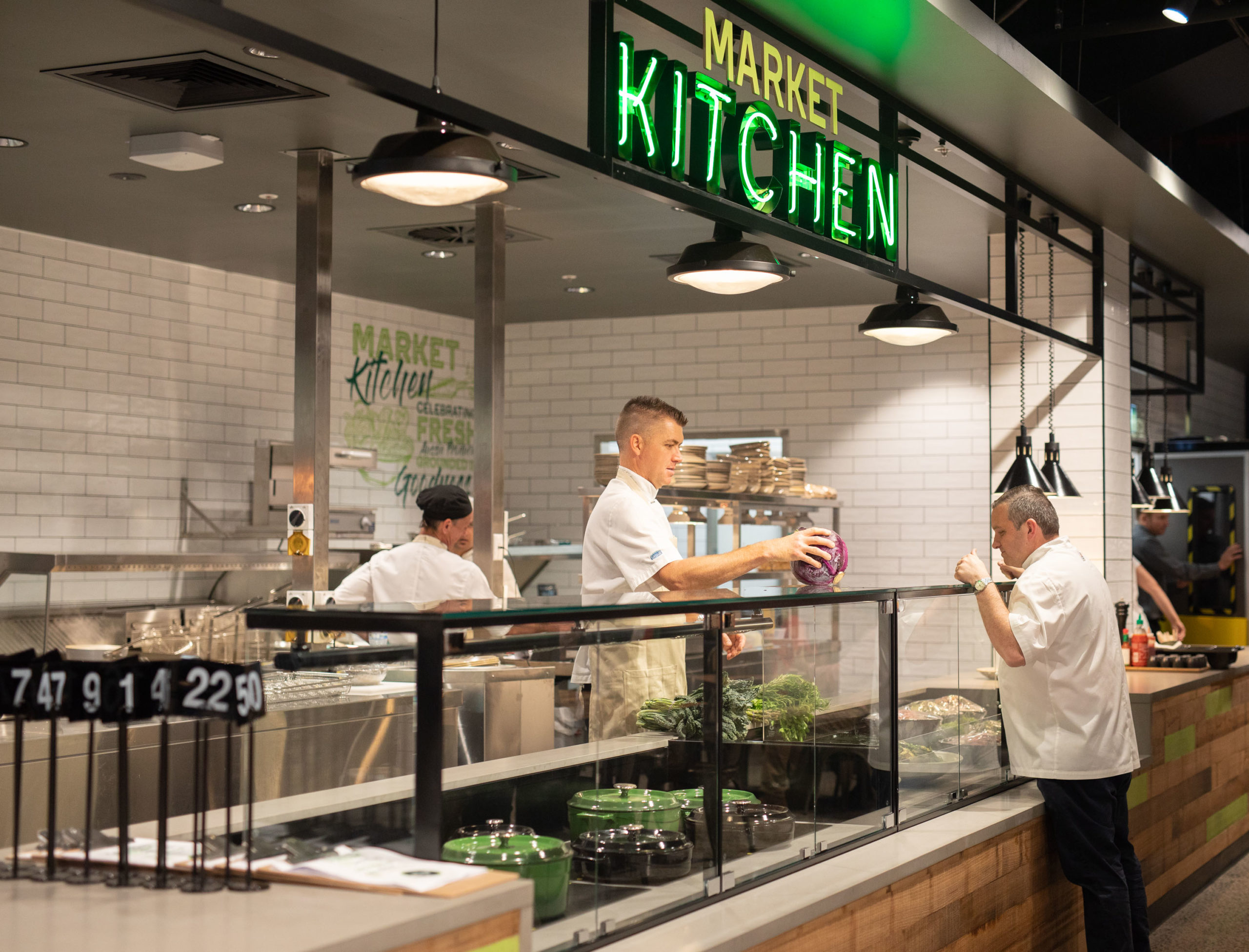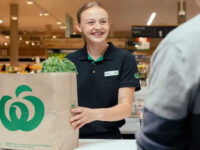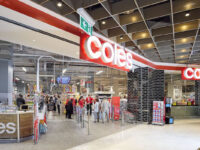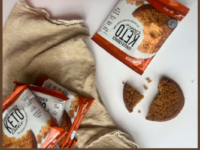
With meal kit companies disrupting the grocery market and Uber Eats transforming the restaurant sector, it was only a matter of time before the two industries started to meld together.
Consumers around the world are seeking new ways to get things done faster and easier, and they are using a combination of on- and offline channels to do so. The latest research from Nielsen into the fresh food space found the four key trends offering the most opportunity at a macro level are: transparency, convenience, health and snacking. In the US, retailers are seeing gains in everything from ready-made food offerings to meal kits.
Australian supermarkets have taken note and are embracing new ways to win consumers’ hearts through their stomachs.

Convenience is king
Coles is certainly upping its game on the convenience front. Its recent partnership with eBay has brought perishable goods to the e-commerce giant’s 11 million unique monthly visitors.
Shoppers can purchase fruit and veg, ready meals, a selection of pre-packed fresh food as well as pantry items from the online store.
And while delivery turnaround is a little slow at two to four days, it does have the bonus of delivery even if no one is home.
Like most online ventures, however, it is limited to metro areas, meaning customers in rural areas don’t see the benefit just yet.
While only 3 per cent of Australians currently choose to shop online, a newly-independent Coles is getting in ahead of the curve.
The supermarket giant will be hoping this new offering can challenge Amazon Australia, which expanded its range to include pantry items last year.

Supermarket fast food
In January, Coles entered new territory and became the first supermarket to partner with Uber Eats in Australia, trialling the delivery of its ready-to-eat and ready-to-heat ranges.
While most would rely on Uber Eats for a takeaway from a local restaurant, Coles is offering grocery products such as roast chicken, frozen pizzas and even ice blocks for those unwilling to make the trip to the store.
The advantage Coles has over local restaurants is affordability. With butter chicken samosas for $4.50 and a Goan beef vindaloo for $9.50, you can bet it’s considerably cheaper than the local Indian. Whether it tastes as good is of course a matter of personal opinion.
In March, the trial was expanded to four more stores in Sydney, and the range of goods widened to include everyday grocery staples.
Coles will be hoping to capitalise on the consumer shift to making last-minute meal decisions and the “instant gratification” millennials get from a 20-minute meal delivery.
Alex Freudmann, director of fresh food at Coles, said they are “committed to making life easier” for customers.

Eating in … in-store, that is
Coles and Woolworths continue to be the major players in the $3.1 billion online grocery market, representing approximately 85 per cent of total online grocery value sales. And although Woolworths has invested heavily in online, the supermarket giant’s recent foodie offering is instead drawing shoppers off the couch and in-store to dine.
In December, Woolworths opened a new custom-made concept at Double Bay, Sydney, offering organic and healthy options for consumers with a focus on sustainability.
The Kitchen by Woolworths offers a juice bar and a wholesome eat-in cafe with organic coffee and healthy food options, as well as a store full of organic fruit and vegetables and an expanded Macro Wholefoods range.
Australian caterer Peter Rowland and executive chef Matthew Haigh worked with Woolworths to create a menu using fresh, seasonal and locally sourced produce with both dine-in and take-out options.
Woolies’ latest move is not dissimilar to the route taken by Whole Foods in the US. In 2017, the supermarket chain, which up till then had operated self-service sushi bars, salad bars and sandwich counters, expanded its food offering into full-scale restaurants.
While Woolworths is starting small, there could be full-service restaurants with waitstaff inside our local supermarkets sooner than we think.

China’s influence
Retailers in China have been blending retail with food service for some time, with great success.
Some supermarkets even allow customers to choose from a range of live seafood and have it cooked in front of them before tucking into it in a comfortable instore dining area.
Alibaba’s Hema Fresh supermarkets, which debuted before Amazon bought Whole Foods, has a strong focus on food service.
Hema is setting the bar for supermarket convenience. Currently, customers can shop instore or on an app, see the origins of products, have food delivered for free or prepared for pickup within 30 minutes, and pay with facial-recognition technology.
Hema uses instore restaurants as a way to build a sense of community in the store and uses the additional customer touchpoints to engage returning customers.
Last year, Hema even launched a robotic restaurant in Shanghai, where customers can have a robot deliver their meal.
With continuous innovation in its retail and FMCG business, Alibaba is leading the way in providing new experiences to consumers.
Before long we should see more of Alibaba’s influence take effect down under.
This article first appeared in the April issue of Inside FMCG magazine. The July edition is out now. Subscribe here.
















